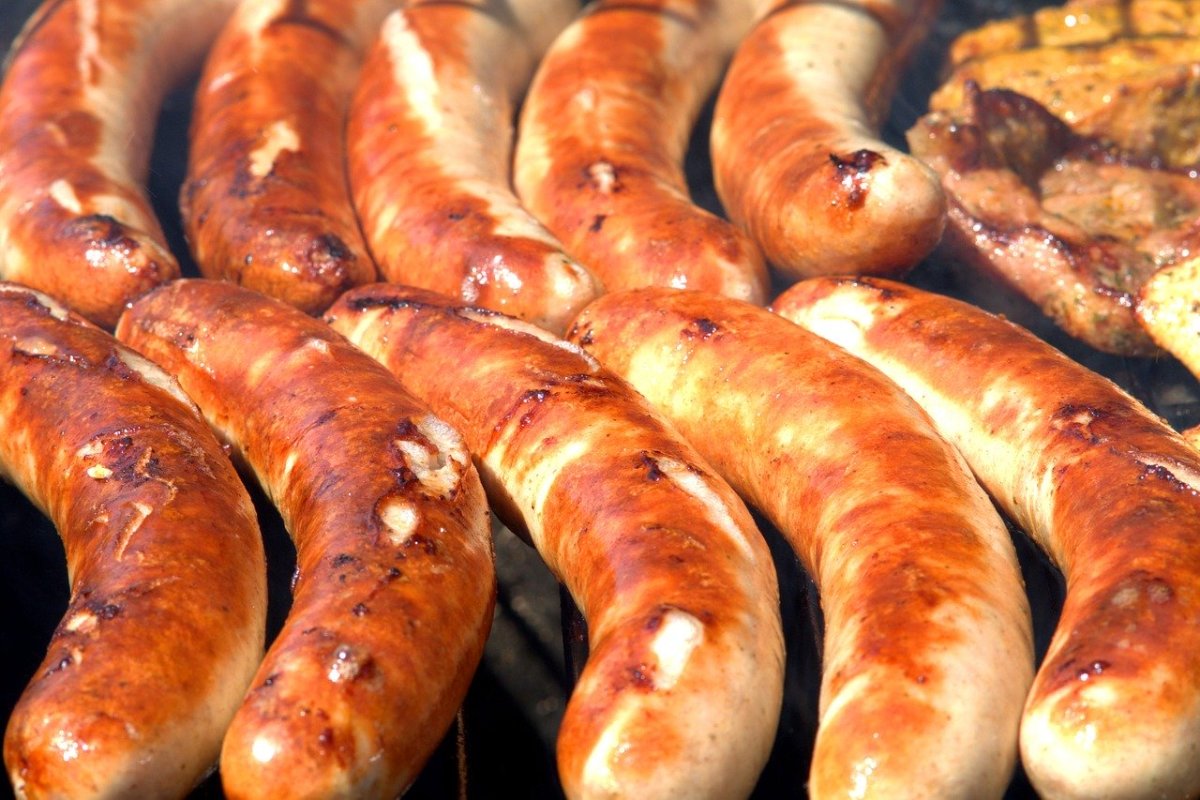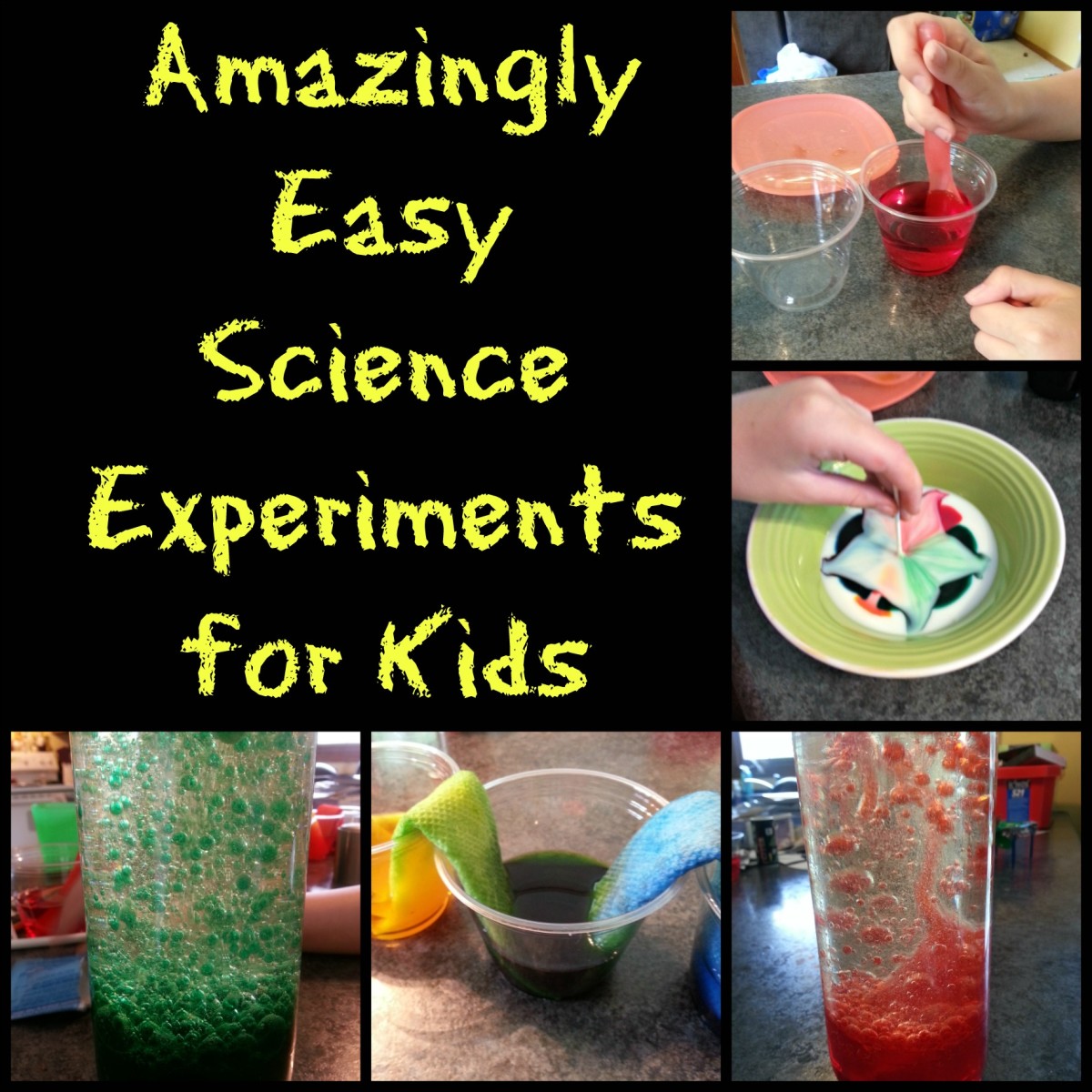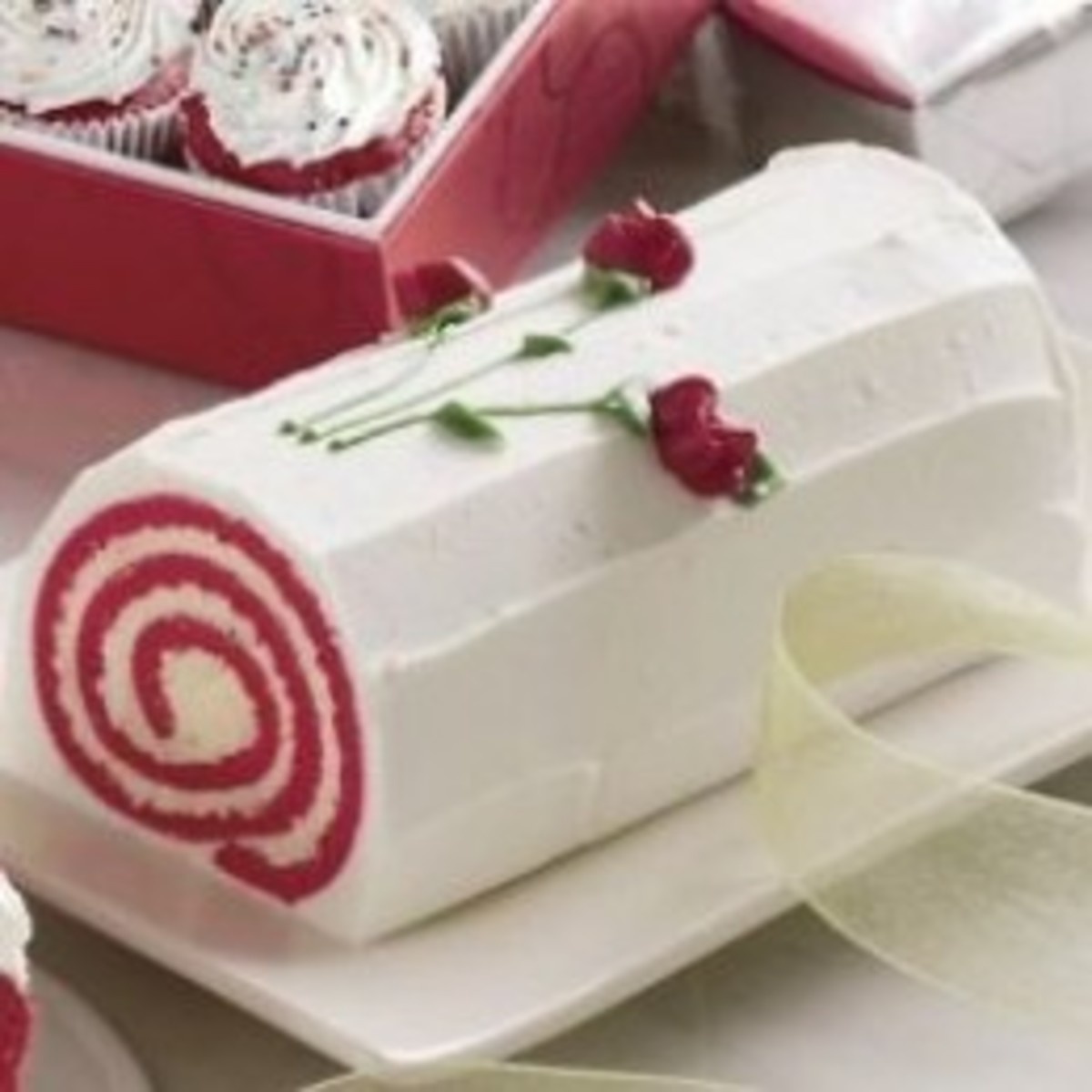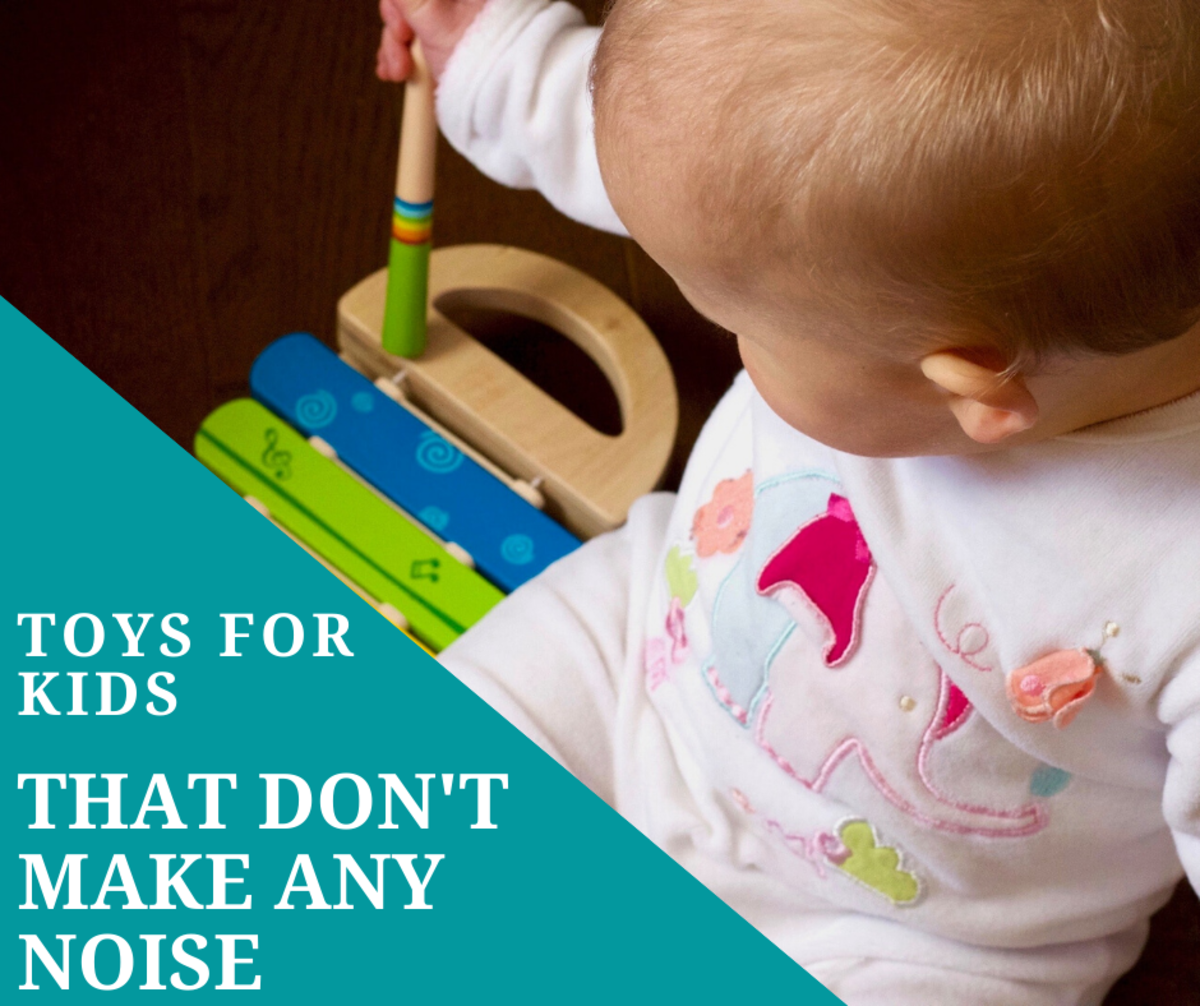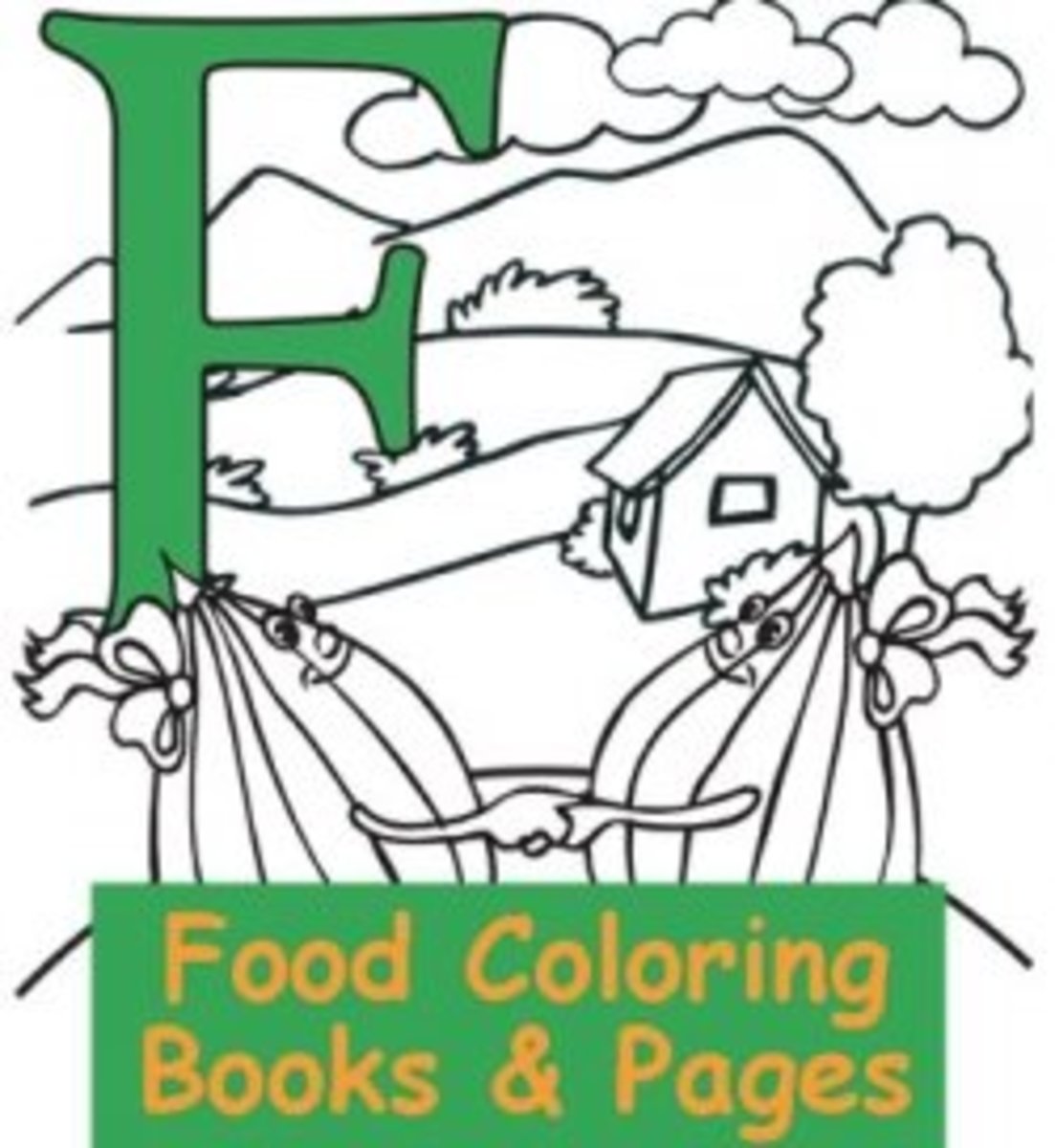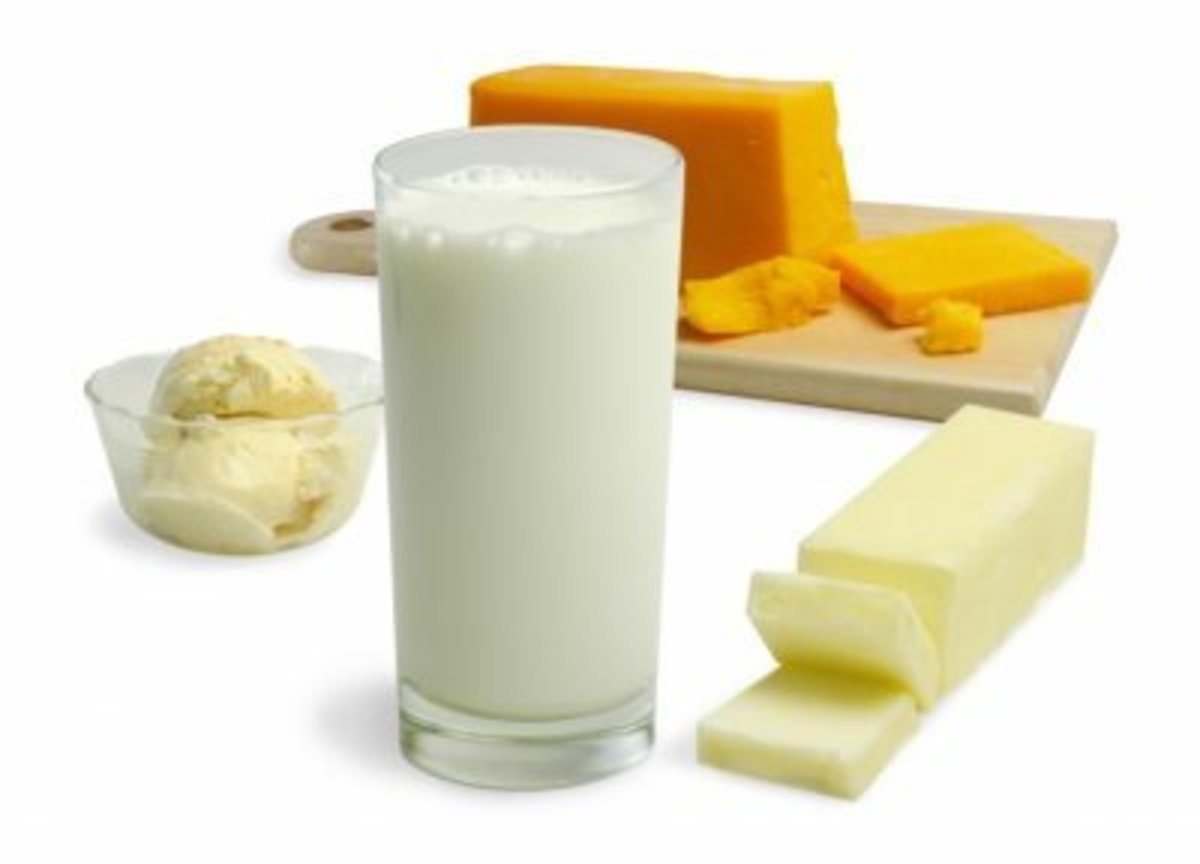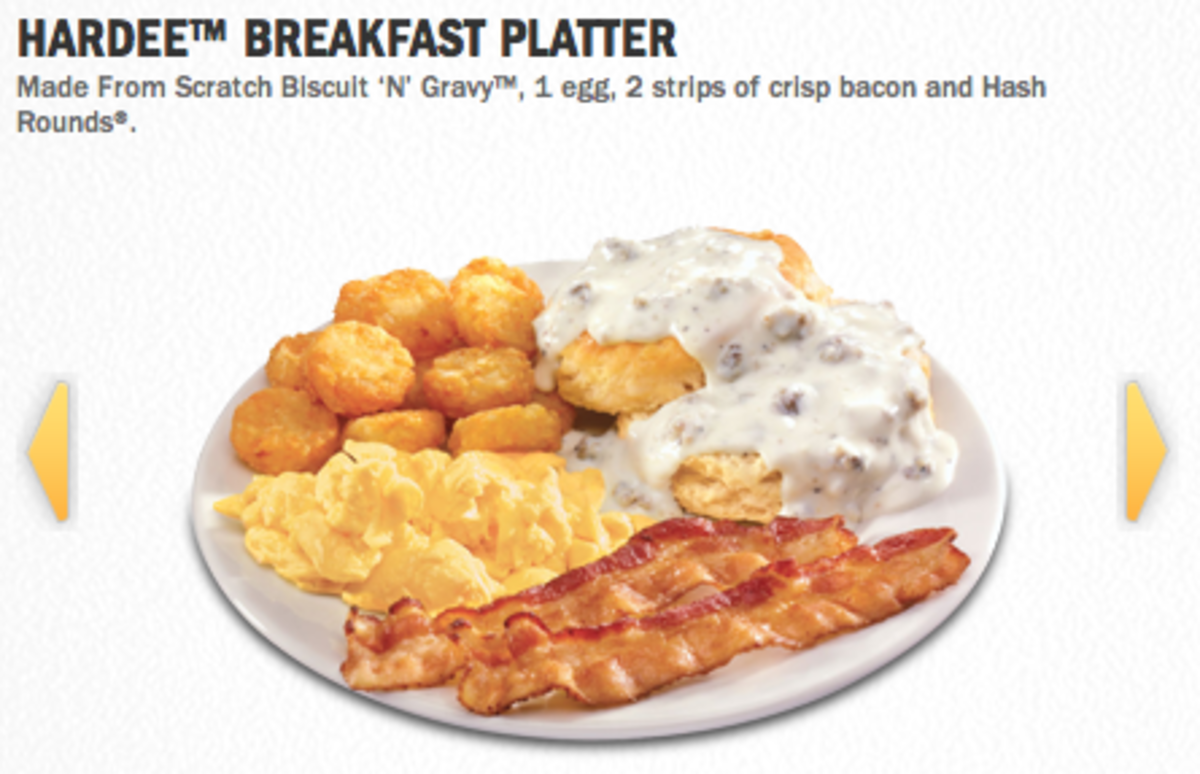- HubPages»
- Food and Cooking»
- Food Safety»
- Food Allergies
Avoiding Artificial Food Coloring and Dye
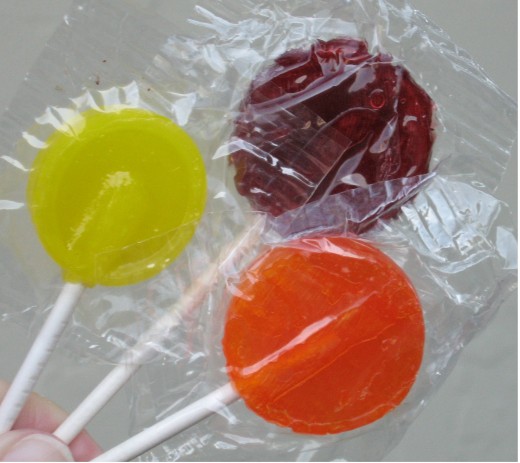
Artificial Food Coloring and You
Neon cupcakes. Rainbow lollipops. Festive candy canes. Candy sprinkles. They add to the festivities. They decorate the table. They are, quite simply, fun.
The artificial colorings used in these products are also completely void of nutritional content. Once derived from coal tar, today's artificial food dyes come from petroleum sources. Yes, petroleum. Otherwise used to run your car and the infamous cause of environmental battles, this crude oil is the main source for the little bottles of rainbow drops in kitchens across the United States. Their use has been questioned for generations, at least among the health conscious community, and some studies may implicate them as a factor in the rise in a variety of childhood problems, including ADHD and Autism.
European countries are so concerned with the safety of artificial food colorings that they have banned them from use in children's food at the request of consumers. Here in the USA, the question of safety remains unanswered, and so the choice of whether or not to consume these products remains in the hands of the consumer. But if you want to avoid them, sometimes, it takes a little extra work.
Why Use Food Coloring At All?
Food dyes are used to increase visual appeal of foods. This isn't a new concept. A hundred years ago, Laura Ingalls Wilder fondly recalled her mother simmering grated carrots into the milk to tinge their butter a lovely spring yellow. Visual appeal is an important aspect of appetite and satisfaction with a meal. The only question is, when do we take it too far?
Today's grocery store shelves are lined with vibrant orange colored crackers and chips with a cheese flavor, sunrise-tinted fruit-flavored drinks, and candy that rivals stained glass colors. We no longer limit ourselves to enhancing normal foods with other normal foods. Chips come with words inked onto them, dried fruit rolls are ribboned with green stripes, yoghurt comes in a multitude of hues. Some marketers are looking for food that doesn't look oxidized. Others want to grab the consumer's attention. And some simply want to appeal to children's zany sense of humor or adventure.
Which Food Dyes are Artificial?
When you read an ingredient label, you find out all sorts of things you probably wish you didn't know about your favorite foods. But knowledge is power, and if you want to be in control of your health, and that of your family, power is a good thing. So, get used to label reading.
If you are one of the many who want to avoid artificial food dyes, you'll need to look beyond the color of a food. Just because it's red doesn't mean it has red 40 in it. And, alternatively, just because it has strawberries in it and is supposed to be red, doesn't mean that it doesn't have red 40 in it. In fact, just because it's supposed to be red doesn't mean it doesn't have blue 2 in it, either. To make matters even more complicated, not all food colorings are artificial. Turmeric and Annatto come from seeds, while cochneal or carmine coloring is derived from insects. (Maybe we should give up natural food colorings too?)
If you want to avoid artificial food colorings, you'll want to look for the labels: FD&C (which stands for Food, Drug and Cosmetic approved) Blue 1, Blue 2, Red 40, Yellow 5, Yellow 6, Green 3 and Red 3. If it says 'artificially colored' of course, you'll know to avoid it. But food doesn't always warn you that it's unnaturally colored.
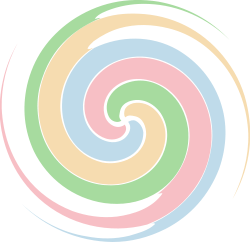
Which Foods Contain Artificial Colors?
Potentially, any food could be artificially colored. But here are a few of the most common.
- Candy. Candy coated chocolates, nuts, seeds, or even just candy itself comes in a rainbow of vibrant coloring. Unless it is 'all natural' and/or 'organic', those colors are almost certainly artificially derived.
- Fruit Snacks. Fruit snacks come in either small packages of gelatin gummie candies or smooshed and rolled into a tube 'roll up'. They can be made of fruit and/or fruit juice, but are often artificially flavored gelatin mold of corn syrup and food coloring. Whether there is real fruit in there or not, there is a good chance the color of these snacks is enhanced by artificial food colorings. Look for All Natural, 100% fruit and read labels. After all, if you buy fruit snacks, don't you want fruit to be in them?
- Sprinkles. This should be obvious. Whether they're used on ice cream, yoghurt, cookies or oatmeal, candy colored sprinkles are essentially food dye in a carnauba wax base. They may make food fun, but maybe grated chocolate or some brightly colored berries would work well too. There are some naturally colored sprinkles available at some health food stores.
- Ice cream toppings/syrups. Whether it's caramel or strawberry, the sugary syrup we pour over ice cream or into glasses of milk can contain food colorings. While it's easy to keep organic, artificial color free varieties in your cupboards at home, you need to be vigilant when eating out. Milkshakes are often flavored with artificially colored syrups.
- Canned fruit. Candied Cherries are the most obvious example. The bright red syrup they come in is not natural. It's also overly sweet. And if you feed it to honeybees, apparently they turn color and produce sickly sweet red honey. Any canned fruit is subject to oxidation and therefore at risk for having food coloring added to improve the visual appeal.
- Puddings, jellos, frostings, etc. Any of those boxed mixes of 'just add a few key ingredient' desserts are commonly colored with artificial food coloring. Even chocolate pudding can contain red or blue to improve it's hue. And marshmallow fluff may be white, but it's blue food coloring that gives it that bright, crisp color. Watch out for marshmallows and any other white desserts, too. (And crispy rice bars, as well)
- Cereal. Most cereals aren't colored. But many of the fruit flavored cereals contain artificial food coloring to help your brain perceive the fruity tastes. Kid cereals are especially prone to being rainbow colored, but adult cereals with berry clusters are often just artificially flavored, artificially colored clumps. Look for organic and/or all natural varieties instead. They taste better, too.
- Pickles and salad dressing. Artificial colors aren't just used to brighten up sugary treats. Pickles may have a little bit of blue or yellow added to improve their green shading. Sauces or dressing might have a few drops of food coloring added to improve their color as well. It's a good practice to skim all labels before purchasing.
- Fruit punch, soda, and fruit drinks. Some of these come by their color honestly. Others need a little help from the industry. You'll increase your odds of choosing a dye-free drink if you look for the words 'all natural' or organic.
- Cheese. Not all cheese is artificially colored. There are a range of lovely natural hues for cheese to come in. But some cheeses are artificially colored. A lot of powdered cheese flavoring contains artificial food dyes. Cheese flavored crackers and chips need to be double checked.
- Fruit flavored baked goods. While some baked goods, especially the ones you find in your local bakery, are made with real berries, others aren't. The cheaper the packaged baked good is, the more likely it is to be loaded with artificial ingredients to pretty it up. Don't trust the words 'berry' or 'fruit'; read ingredient labels to make sure there are no yellows to brighten the butter-less dough, or blues to make the berries brighter, or red to even out one of the tones.
- Jam. Peanut butter would be lonely without jelly. But artificially colored high fructose corn syrup spread is a poor substitute, wouldn't you agree? Look for all natural, 100% fruit spreads.
Any Other Labels to Read?
Don't stop there. Once you eliminate food colors from your family's diet, you may note a few other brightly colored consumables. Check the labels of your favorite chewable vitamins, your toothpaste, and even your medecine. The fake flavors in children's pain and fever medications are often helped along by matching colors. Grape flavor is purple, bubblegum is pink, cherry is red. They aren't natural. Thankfully the industry is beginning to catch on and offer dye free alternatives. They aren't as pretty, but they are just as effective as their colorful counterparts.
What if I Don't Have Time to Read Labels?
Not all of us have time to read every label. For most people, artificial food colorings aren't an all or nothing option. Start out by cutting back on food colors. Choose a few items that you won't compromise on, and just read those labels. As you get comfortable and your kids accept the new life style, expand the food dye ban and read a few more labels.
There are also a few keywords that make your job easier. If a food is labeled organic, it will not contain any artificial food colorings. So even if you don't care about GMOs or pesticides, if you do want to avoid food colorings, look for organic. The words "All natural" or "No artificial flavors or colors" are pretty useful too. They almost always mean the food is colored naturally if at all. Yes, I said almost always. Some people have found "No artificial flavors" on a box with artificial colors.
Where you shop can make a difference, too. Trader Joe's promises that their store brand products are free from artificial colors, flavors and preservatives. Whole Foods Markets lists artificial colors as an "unacceptable" product in foods they sell.
Need Dye Free Recommendations?
Yummy Earth Organic Lollipops. This company was founded by a couple of green dads who didn't want their kids ingesting artificial food colorings. Now yours don't have to either.
- Florida's Natural Fruit Snacks. These little nuggets are made from fruit juice as well as corn syrup etc. They're marginally better than a lot of fruit snacks out there, and dye free.
- Annie's Organics. This company makes dye free macaroni and cheese as well as a variety of kid friendly bunny-shaped crackers. The cheese flavor may not glow with artificial colorings, but it doesn't stain tongues or car seats, either.
Tom's of Maine. They make a variety of all natural toothpastes, some flouridated, some non-flouridated, none of them are artificially colored. They come in kid friendly flavors like Silly Strawberry and Orange Mango as well as the traditional minty flavors grown up kids are used to.

